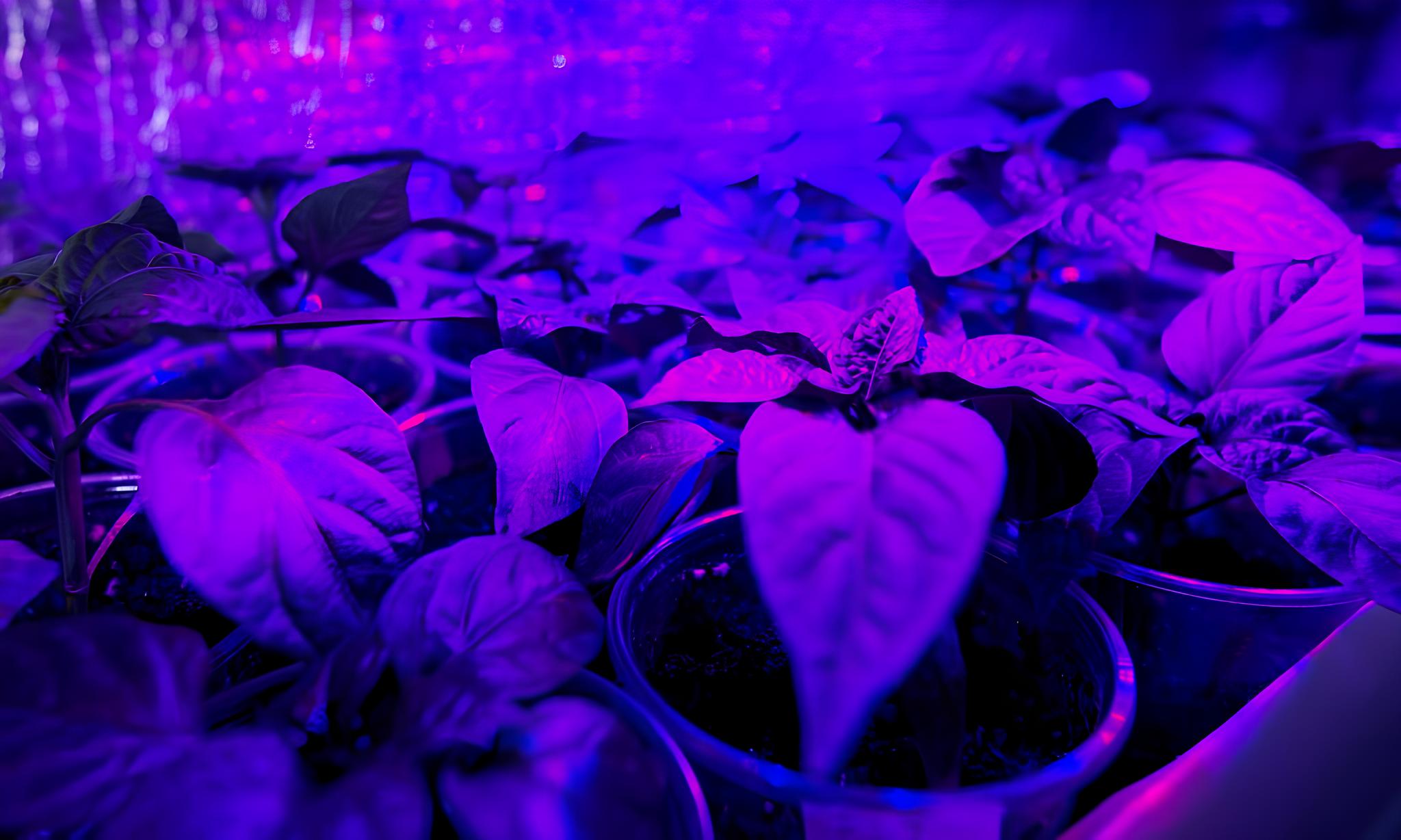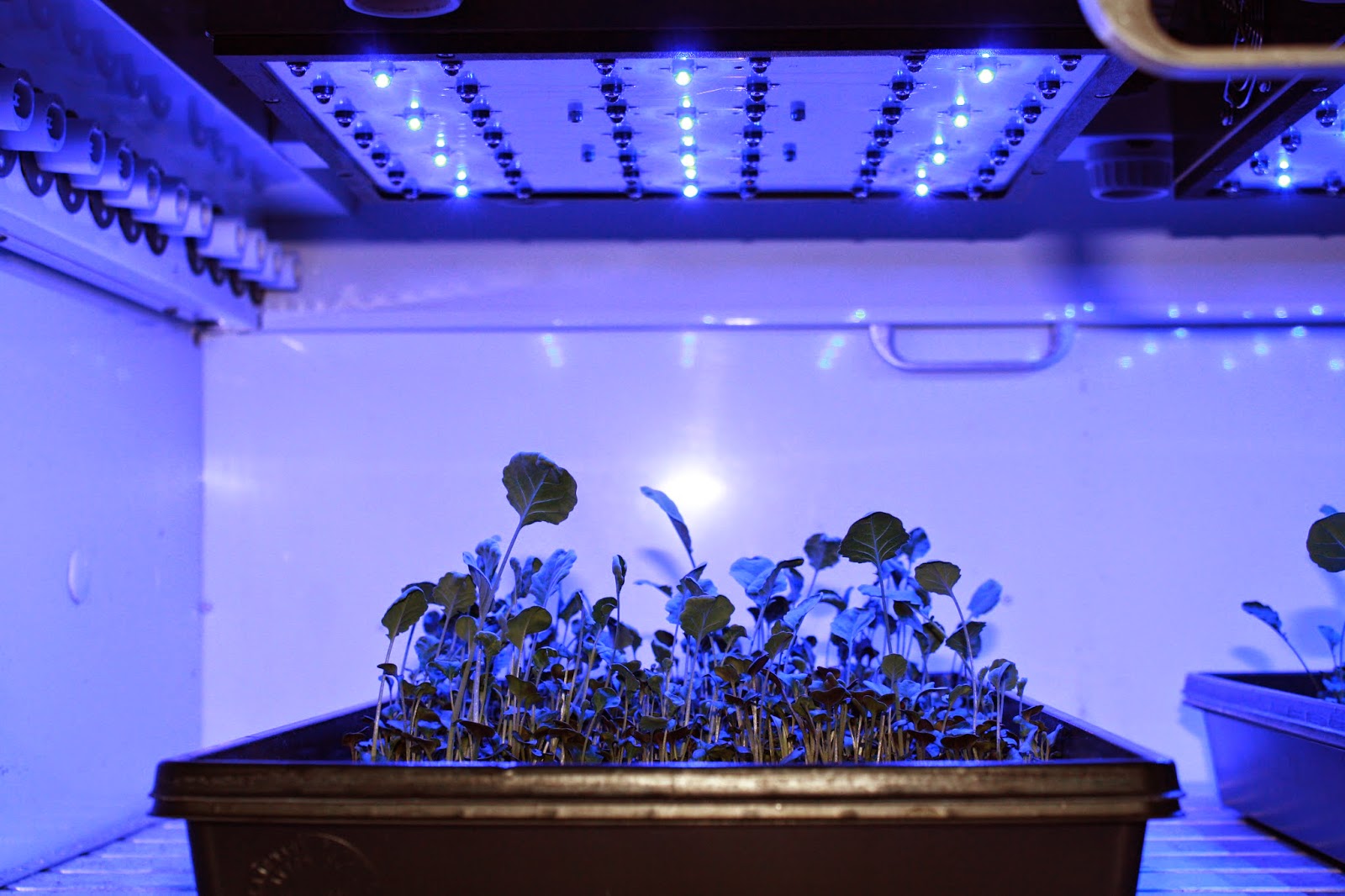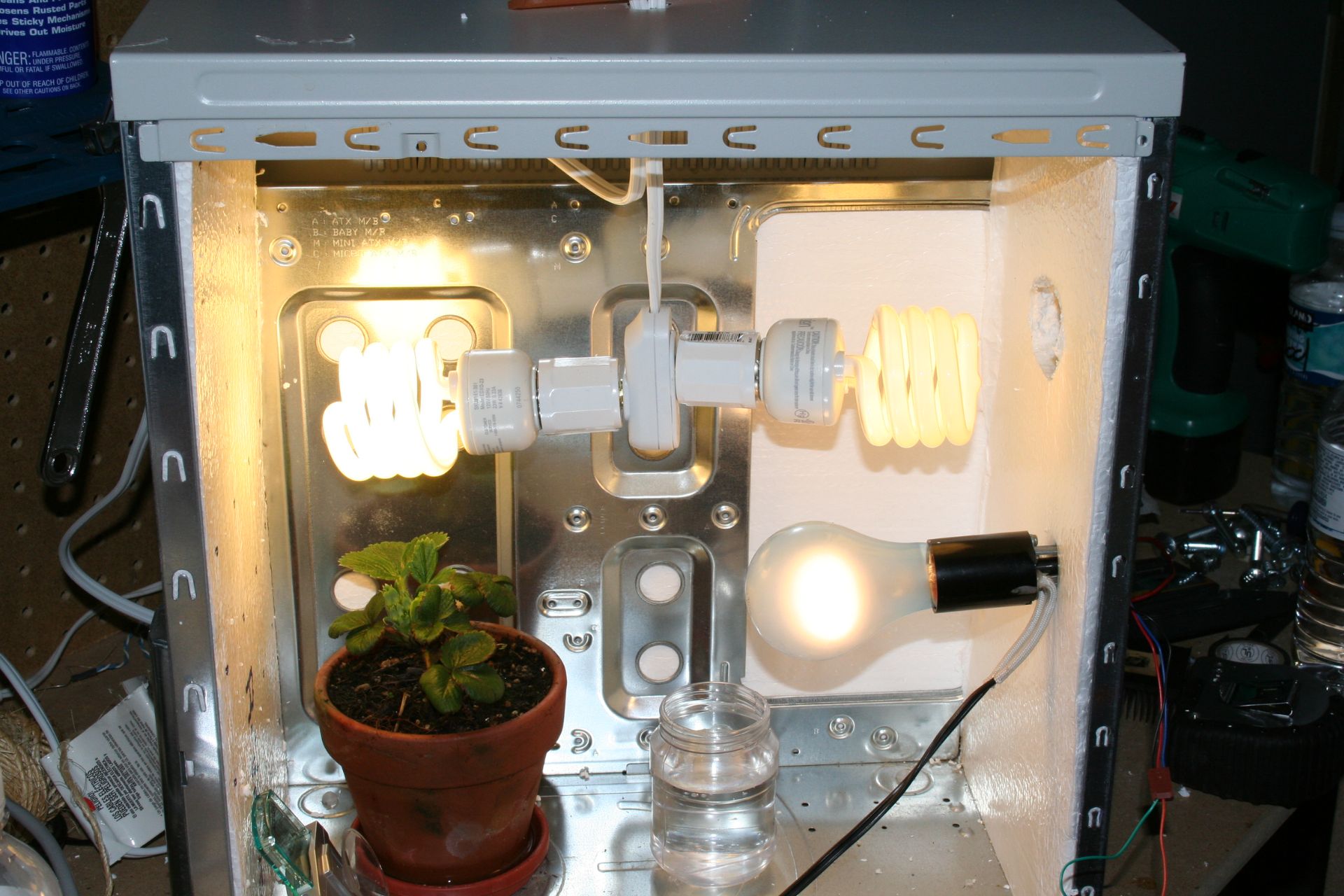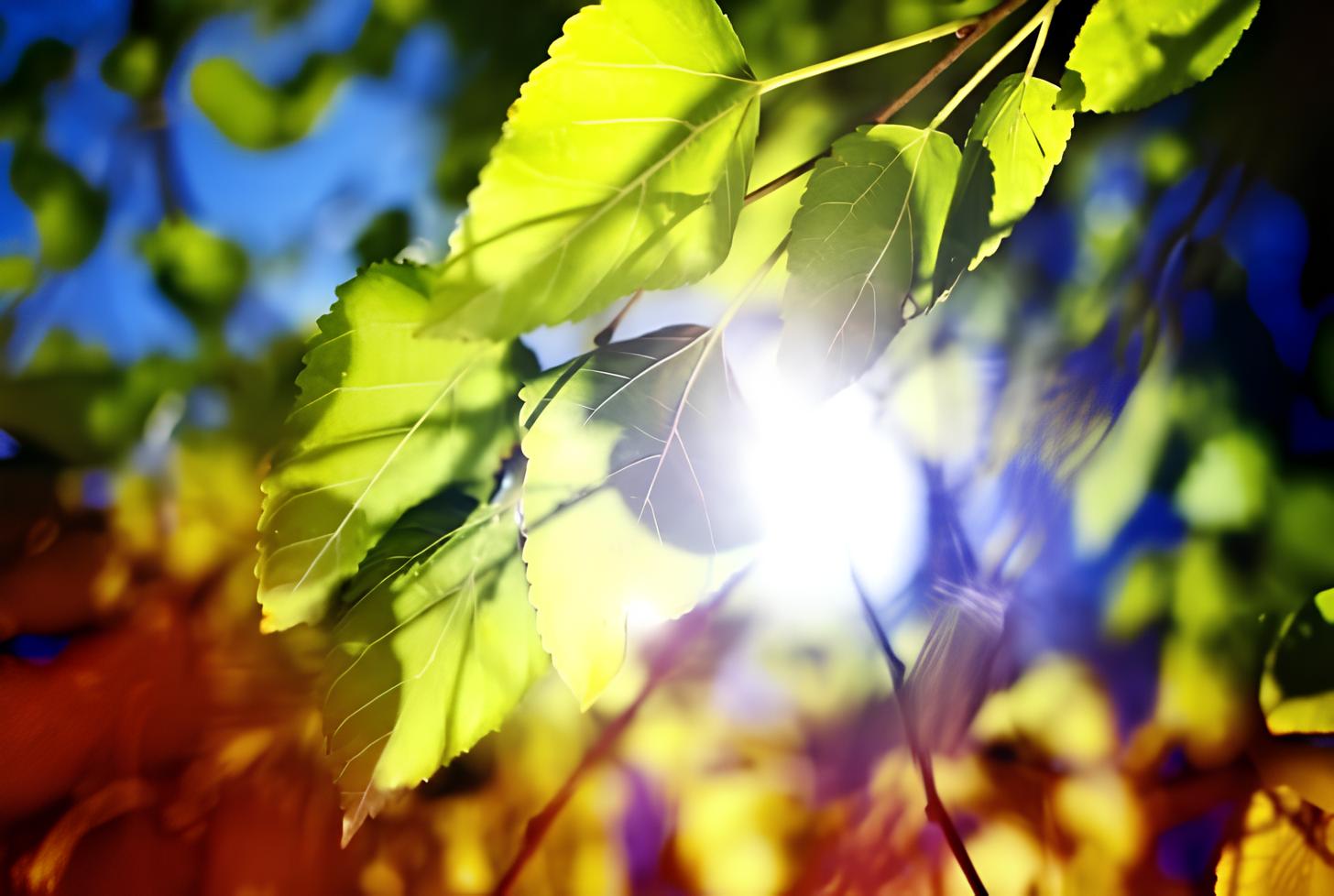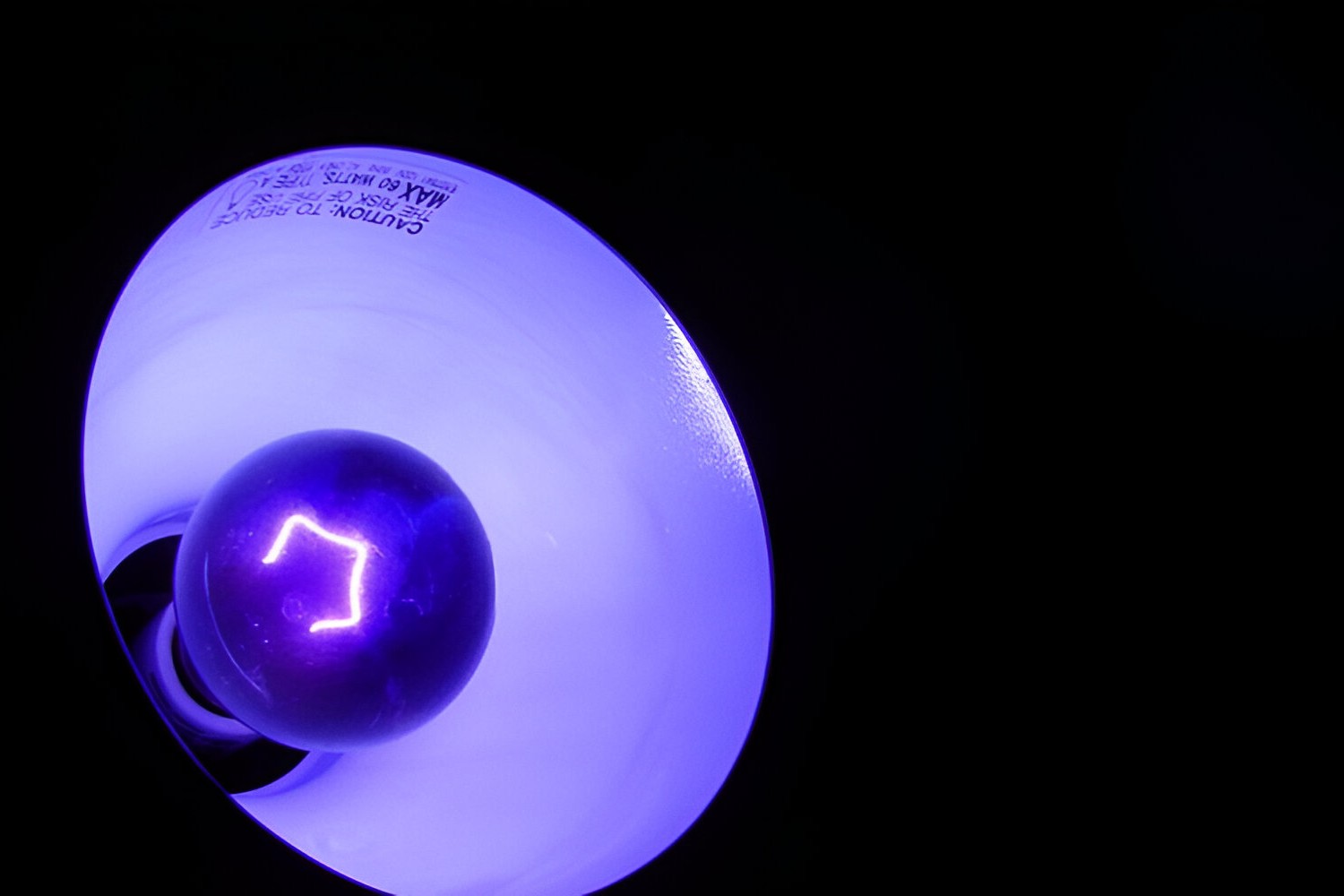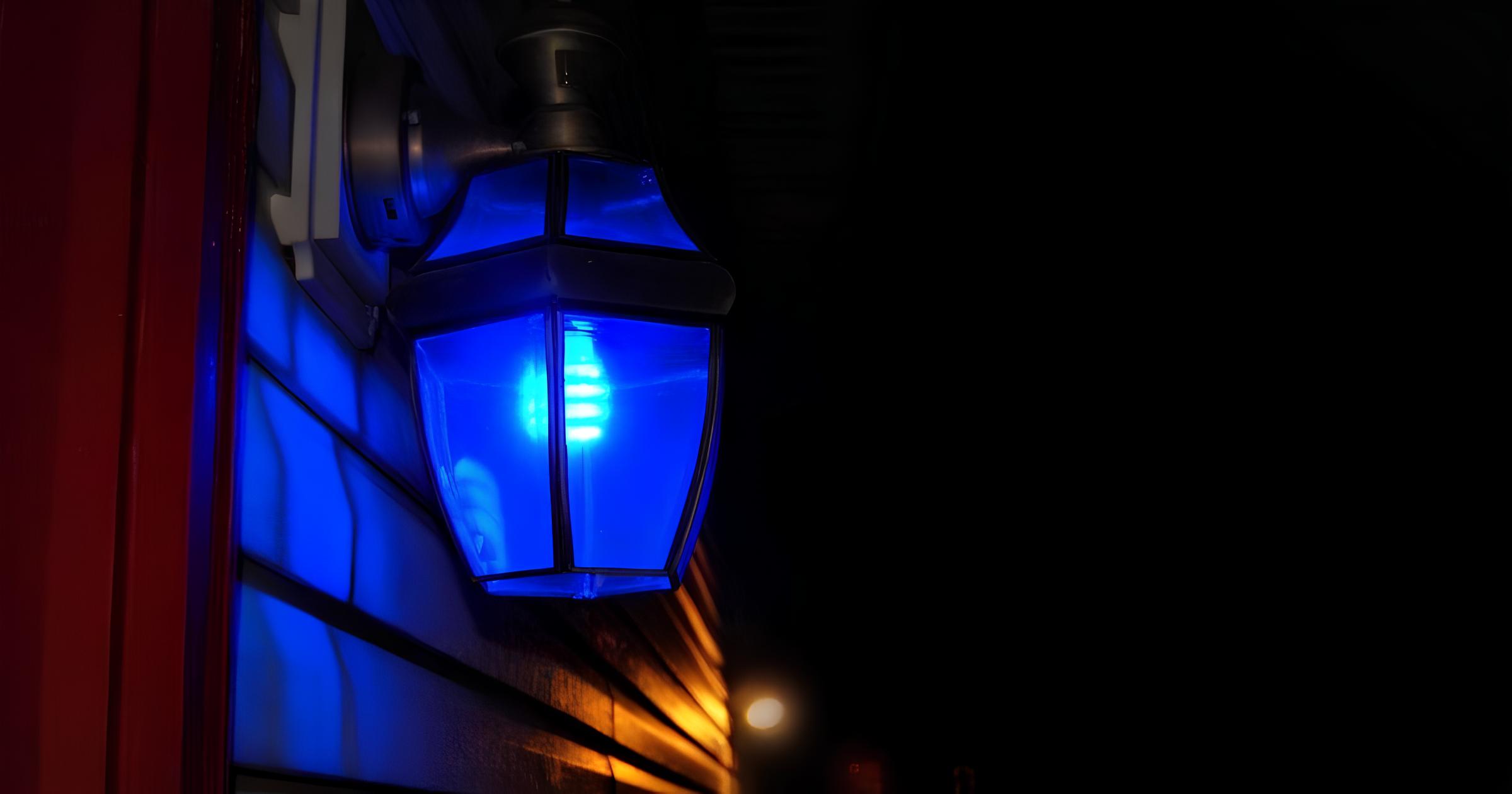Introduction
As technology continues to revolutionize various aspects of our lives, its impact on horticulture is becoming increasingly evident. One of the most intriguing developments in this field is the recognition of the pivotal role that blue light plays in the growth and development of plants. This realization has sparked a wave of exploration and innovation, leading to profound insights into how blue light influences the behavior and preferences of plants.
In the pursuit of harnessing the full potential of blue light for horticultural purposes, it is essential to delve into the intricate relationship between plants and this specific light wavelength. By understanding the nuanced ways in which blue light affects plant growth, we can unlock new possibilities for optimizing cultivation techniques and enhancing crop yields.
The journey into the realm of blue light and its impact on plant life is a fascinating exploration that intertwines the realms of technology, biology, and agriculture. Through this journey, we gain a deeper appreciation for the intricate mechanisms that govern the natural world and the potential for leveraging this knowledge to cultivate healthier, more robust plants.
The subsequent sections of this article will delve into the multifaceted dimensions of blue light in horticulture, shedding light on the preferences of plants for this specific wavelength and the profound implications for horticultural practices. By unraveling the mysteries of blue light and its influence on plant life, we embark on a captivating voyage that illuminates the symbiotic relationship between technology and nature, offering insights that have the potential to revolutionize the way we approach cultivation and sustainability.
The Role of Blue Light in Plant Growth
Blue light, a crucial component of the visible light spectrum, plays a pivotal role in the growth and development of plants. This specific wavelength, with its distinctive energy and characteristics, serves as a catalyst for various physiological processes within plant cells, exerting profound effects on their overall health and vitality.
At the core of its influence lies the intricate interplay between blue light and photoreceptors, particularly the cryptochrome and phototropin proteins found in plant cells. These photoreceptors are finely attuned to the presence of blue light, triggering a cascade of molecular responses that regulate crucial aspects of plant growth. One of the most notable effects of blue light is its role in stimulating phototropism, the phenomenon through which plants orient their growth in response to light. This mechanism allows plants to optimize their exposure to light, ensuring efficient photosynthesis and robust development.
Furthermore, blue light plays a pivotal role in regulating the opening and closing of stomata, the microscopic pores on plant surfaces that are essential for gas exchange. By influencing the dynamics of stomatal aperture, blue light directly impacts the plant's ability to regulate water loss and uptake, thereby contributing to its overall hydration and resilience in varying environmental conditions.
In addition to these physiological effects, blue light also influences the synthesis of essential compounds within plants, including chlorophyll and carotenoids. These compounds are integral to the process of photosynthesis, enabling plants to harness light energy and convert it into chemical energy. The specific absorption spectrum of chlorophyll aligns closely with the wavelengths of blue light, making it a crucial factor in driving the photosynthetic machinery of plants.
Moreover, blue light has been implicated in the regulation of plant morphology, influencing traits such as stem elongation, leaf expansion, and overall plant architecture. This influence on plant morphology has significant implications for crop management, as it can impact factors such as plant density, light interception, and ultimately, yield potential.
In summary, the role of blue light in plant growth extends far beyond mere illumination. Its influence permeates the fundamental processes that govern plant physiology, from photosynthesis and water regulation to the coordination of growth patterns. By recognizing and harnessing the profound impact of blue light, horticulturists and agricultural innovators can optimize cultivation practices, maximize crop productivity, and gain a deeper understanding of the intricate mechanisms that underpin the symbiotic relationship between plants and light.
Understanding the Preference of Plants for Blue Light
Plants, despite their seemingly static disposition, possess a remarkable capacity to perceive and respond to their environment, including the quality and intensity of light. Within this sensory repertoire, the preference for blue light emerges as a significant determinant of plant behavior and growth patterns. Understanding the nuanced dynamics that underlie this preference offers profound insights into the intricate relationship between plants and their luminous surroundings.
At the crux of plants' affinity for blue light lies the intricate network of photoreceptors that govern their light-mediated responses. Cryptochrome and phototropin, two key classes of photoreceptors, exhibit a pronounced sensitivity to blue light, serving as molecular gatekeepers that transduce luminous signals into biological responses within plant cells. These photoreceptors, finely tuned to the specific wavelengths of blue light, orchestrate a myriad of physiological processes, ranging from phototropism and stomatal regulation to the modulation of gene expression.
The preference for blue light is also intricately linked to the evolutionary history of plants and their adaptation to varying light conditions. In natural settings, where plants are exposed to the full spectrum of sunlight, blue light serves as a critical cue for optimizing photosynthetic efficiency and growth orientation. This inherent preference for blue light reflects the evolutionary advantage conferred by its distinctive energy and penetrative capacity, enabling plants to thrive amidst the dynamic interplay of light and shade in their natural habitats.
Moreover, the influence of blue light preference extends beyond mere photomorphogenesis, encompassing the regulation of diverse biochemical pathways and developmental processes. From the modulation of chlorophyll biosynthesis to the coordination of flowering time, the impact of blue light preference permeates the intricate tapestry of plant biology, shaping the temporal and spatial dynamics of growth and reproduction.
Furthermore, the preference for blue light is intricately intertwined with the intricate dance of environmental cues and internal signaling cascades that govern plant responses. This dynamic interplay underscores the sophisticated nature of plant perception, highlighting the intricate interconnections between light perception, hormonal regulation, and metabolic adaptation.
In essence, the preference of plants for blue light represents a convergence of evolutionary, physiological, and molecular factors that collectively shape their interactions with the luminous world. By unraveling the intricacies of this preference, horticulturists and researchers gain a deeper appreciation for the adaptive prowess of plants and the potential for leveraging this knowledge to optimize cultivation practices and enhance the resilience of crops in diverse environmental settings.
Impact of Blue Light on Horticultural Practices
The impact of blue light on horticultural practices transcends mere illumination, extending into the realm of optimized cultivation techniques and enhanced crop productivity. By harnessing the profound influence of blue light, horticulturists and agricultural innovators can revolutionize the way plants are cultivated, ultimately redefining the landscape of sustainable agriculture.
One of the most striking impacts of blue light lies in its potential to modulate plant morphology and developmental patterns. Through its regulatory effects on stem elongation, leaf expansion, and overall plant architecture, blue light offers a powerful tool for shaping the physical characteristics of plants. This capability holds immense significance for horticultural practices, as it enables the manipulation of plant form to optimize light interception, spatial efficiency, and ultimately, yield potential. By strategically deploying blue light in controlled environments, horticulturists can tailor the growth and structure of plants to align with specific cultivation objectives, whether it involves maximizing space utilization in vertical farming systems or enhancing light penetration in greenhouse settings.
Furthermore, the impact of blue light on photosynthetic efficiency and biochemical pathways underscores its pivotal role in driving horticultural innovations. The specific absorption spectrum of chlorophyll aligns closely with the wavelengths of blue light, making it a crucial factor in optimizing photosynthetic activity. This phenomenon has profound implications for crop productivity, as the strategic application of blue light can augment the photosynthetic capacity of plants, leading to enhanced biomass accumulation and nutrient assimilation. Moreover, blue light exerts a regulatory influence on the synthesis of essential compounds such as chlorophyll and carotenoids, further enhancing the metabolic vigor of plants and bolstering their resilience in fluctuating environmental conditions.
In addition to its direct effects on plant physiology, the impact of blue light extends to the realm of crop quality and nutritional value. Studies have indicated that the spectral composition of light, including the presence of blue light, can influence the accumulation of bioactive compounds such as antioxidants and flavonoids in edible plants. This insight opens avenues for leveraging blue light to enhance the nutritional profile of crops, offering a pathway to cultivate produce with heightened levels of beneficial phytochemicals, thereby aligning with the growing consumer demand for nutrient-rich, health-promoting food.
Moreover, the utilization of blue light in horticultural practices extends beyond traditional cultivation methods, permeating the domain of advanced technologies such as vertical farming, hydroponics, and controlled environment agriculture. In these settings, the precise manipulation of light spectra, including the strategic incorporation of blue light, serves as a cornerstone for optimizing plant growth and resource utilization. By integrating blue light into the design of horticultural systems, practitioners can create tailored environments that promote the robust growth of plants while minimizing resource inputs, paving the way for sustainable, resource-efficient agricultural practices.
In essence, the impact of blue light on horticultural practices heralds a new era of innovation and sustainability in agriculture. By unraveling the intricate mechanisms through which blue light influences plant growth and development, horticulturists stand poised to craft a future where cultivation transcends traditional boundaries, harnessing the power of light to cultivate healthier, more resilient crops in diverse agricultural landscapes.
Utilizing Blue Light in Horticultural Settings
The utilization of blue light in horticultural settings represents a paradigm shift in the way plants are cultivated, offering a transformative approach that leverages the profound influence of this specific light wavelength to optimize growth, maximize productivity, and enhance the quality of crops. This strategic integration of blue light into horticultural practices encompasses a spectrum of innovative techniques and technologies, each designed to harness the unique properties of blue light for the betterment of plant cultivation.
One of the most prominent applications of blue light lies in the realm of controlled environment agriculture, where the precise manipulation of light spectra serves as a cornerstone for tailoring growth conditions to meet the specific needs of plants. By strategically incorporating blue light into the illumination regimes of indoor farming systems, horticulturists can fine-tune the developmental trajectories of crops, optimizing factors such as photosynthetic efficiency, morphological characteristics, and nutrient assimilation. This deliberate orchestration of light spectra creates an environment where plants thrive under tailored luminous conditions, transcending the limitations imposed by natural light fluctuations and seasonal variations.
Furthermore, the utilization of blue light extends to the domain of vertical farming, an innovative approach that reimagines agricultural landscapes by harnessing the potential of vertical space for cultivation. In vertical farming systems, the integration of blue light plays a pivotal role in maximizing spatial efficiency and light penetration, enabling the cultivation of crops in stacked layers with optimized exposure to this specific wavelength. This strategic deployment of blue light fosters a dynamic growth environment where plants receive uniform illumination, promoting consistent growth and resource utilization across vertical tiers, ultimately leading to enhanced yields within a compact footprint.
Additionally, the utilization of blue light extends to the realm of hydroponic and aeroponic systems, where plants are cultivated in nutrient-rich solutions or air, respectively, rather than traditional soil. In these soilless cultivation methods, the targeted application of blue light serves as a catalyst for driving robust growth and metabolic vigor, fostering the development of healthy, nutrient-dense crops. By integrating blue light into the design of hydroponic and aeroponic setups, horticulturists can create an environment where plants receive optimal luminous stimuli, leading to accelerated growth, enhanced nutrient uptake, and the production of high-quality, flavorful produce.
Moreover, the utilization of blue light extends to the domain of research and development, where ongoing exploration seeks to unravel the nuanced interactions between plants and this specific light wavelength. Through controlled experiments and innovative technologies, researchers endeavor to elucidate the optimal regimes of blue light exposure for diverse plant species, unraveling the intricacies of photomorphogenic responses and metabolic adaptations. This pursuit of knowledge serves as a catalyst for refining horticultural practices, fostering a deeper understanding of how blue light can be harnessed to optimize crop production and sustainability.
In essence, the utilization of blue light in horticultural settings heralds a new frontier of innovation, where the strategic integration of this specific wavelength into cultivation practices paves the way for a future where crops thrive under tailored luminous conditions, yielding bountiful harvests of high-quality produce. By harnessing the transformative power of blue light, horticulturists stand poised to redefine the boundaries of cultivation, cultivating a future where sustainable, resource-efficient agricultural practices flourish under the radiant influence of this remarkable light wavelength.
Conclusion
The exploration of blue light and its profound influence on plant growth and horticultural practices unveils a realm of captivating insights that bridge the domains of technology, biology, and agriculture. From its pivotal role in regulating plant physiology to its transformative impact on cultivation techniques, blue light emerges as a potent force that holds the potential to revolutionize the landscape of sustainable agriculture.
Through a deeper understanding of the intricate mechanisms through which blue light shapes plant growth and development, horticulturists and agricultural innovators are poised to embark on a transformative journey towards cultivating healthier, more resilient crops. The recognition of blue light's pivotal role in modulating plant morphology, photosynthetic efficiency, and biochemical pathways offers a pathway to optimize cultivation practices, maximize crop productivity, and enhance the nutritional value of produce.
Furthermore, the strategic integration of blue light into horticultural settings, including controlled environment agriculture, vertical farming, and soilless cultivation methods, heralds a new era of innovation and sustainability in agriculture. By leveraging the unique properties of blue light, practitioners can create tailored growth environments that transcend the limitations of natural light fluctuations, fostering a future where crops thrive under optimized luminous conditions, yielding bountiful harvests of high-quality produce.
As the journey into the realm of blue light and horticulture continues to unfold, the symbiotic relationship between technology and nature takes center stage, offering profound insights that have the potential to redefine the boundaries of cultivation. The transformative power of blue light serves as a beacon of innovation, guiding horticulturists towards a future where sustainable, resource-efficient agricultural practices flourish under the radiant influence of this remarkable light wavelength.
In essence, the exploration of blue light in horticulture illuminates a path towards a future where the harmonious convergence of technology and nature yields a bountiful harvest of sustainable, nutritious, and flavorful crops, fostering a world where the transformative influence of blue light cultivates a brighter, more resilient agricultural landscape.







